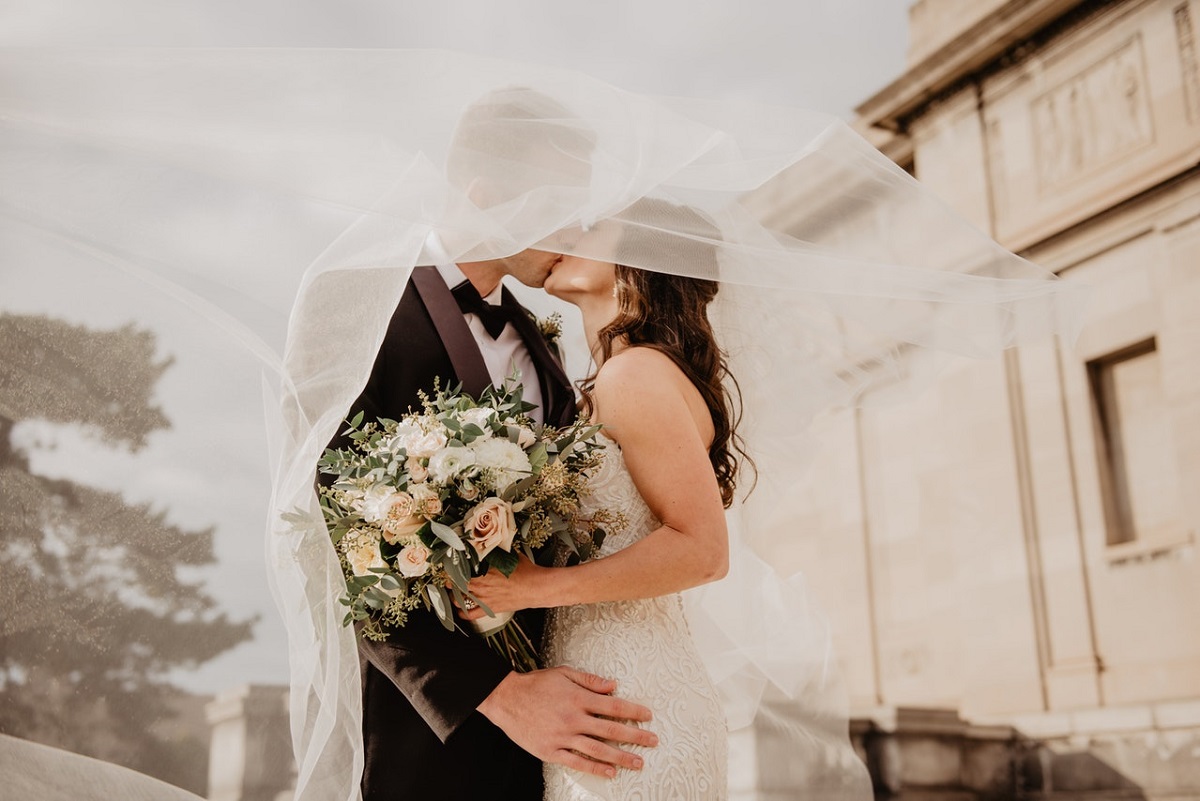10 Most Popular Photography Styles, Explained
Photography allows you to see the world through someone else’s eyes, and with this comes the opportunity to experience a situation in a completely new way. Photography is also all about experimenting, so we’ve looked at a variety of different styles, with the hope of inspiring you to express your own personality through your camera lens.
(Courtesy thelane.com)
Black and White
When photography began, the only option was to take photos in monochrome, but even though colour photos dominate the industry today, many photographers consider this classic style to be the purest form of photography. The key to black and white photography is lighting, and ensuring that you have different areas of contrast through shadows and highlights. It’s not just about shooting without colour, it’s about capturing shapes, tones and textures. You can either take photos in black and white, or shoot in colour and do the conversion in post-processing.
Macro
Macro photography is the art of taking extreme close-ups, which reveal details that you would ordinarily miss with the naked eye. Macro gives us a sneak peek at a very tiny world. By definition it’s when the image on the film is the same size, or larger, than the subject being photographed. To take these types of photographs you need a macro lens, but as these can be expensive, popular alternatives are reversing rings, extension tubes and filters.
Panoramic
Gone are the days where photographers had to spend hours in the darkroom, stitching together multiple photos. Today, you can achieve panoramic photos with the click of your shutter release. With this type of photography you take two or more photos – of the same scene – and they’re combined into a continuous image. You can have wide angle, 180 degree, 260 degree and spherical panoramas, and you can also choose to go vertical or horizontal. You need to have a sturdy tripod and software that will align and combine the individual photos into one, conjoined image.
Bokeh
Bokeh comes from the Japanese word boke which is translated as “blur”. It’s a popular type of photography which intentionally blurs a specific part of a photograph, and so this forces you to look at the part of the image that’s still in focus. You can use different camera lenses to create a bokeh effect that will have various designs, shapes and sizes. When it’s done well, bokeh photography is soft and pleasing to the eye.
Aerial
You don’t have to be standing on your own two feet to take a photograph, sometimes the best perspective is from the air. Because you have to be in an elevated position, you’ll need to use a plane, helicopter, balloon, kite or parachute. If you’re perpendicular to your subject then it’s known as a vertical aerial photograph, while oblique aerial photographs are taken with an angle between 3 and 90 degrees from vertical. The best time to shoot these photos are at dawn and sunset – when the shadows are longer. To accommodate vibrations, photos should be taken using a fast shutter speed.
Portraiture
This photography method is about capturing a person’s appearance and personality in a single image. It’s usually a head shot, but it can also be a partial or full body photo. A portrait is about your subject, so it’s important that the background is simple and not distracting. Direct eye contact is essential, as is setting the right mood through lighting and composition. A great portrait photographer will be able to perfectly depict their subject’s character in the photograph.
Infrared
This style of photography offers the chance to view a completely new world, as it uses infrared light which our eyes can’t see. Objects reflect the infrared light in unique ways, so the results are quite unexpected. Vegetation, for example, appears white and the surreal, haunting effect is why landscapes are a popular subject matter. You need to a camera that’s infrared-equipped, or you can use an infrared filter, and the best time to take your photos is on bright, sunny days.
High-Speed
With high-speed photography you can capture an extraordinary moment that you wouldn’t normally be able to see. It’s a frozen slice of time – in perfect focus – which gives us a different and unique perspective. You need an exceptionally quick shutter speed to catch the event as it crosses the frame, and this is why a sound trigger is used, rather relying on a photographer’s finger to press the shutter release. It takes preparation, patience and a good dose of luck to get the perfect photo.
Tilt-Shift
Anyone who has read Gulliver’s Travels will believe they’re in Lilliput, when they see tilt-shift photographs. Tilt-shift lenses simulate a shallow depth of field, which makes real-life scenes look like miniature scale models. This manipulation is particularly effective when taken from the air, as it feel like you’re looking down on a toy town.
Long Exposure
Another type of photography that creates a dramatic and rather surreal effect is long exposure. It uses long-duration shutter speed, with the result that the stationary objects are kept in focus, but the moving objects are blurred. It’s a popular technique for night photography, as you see trails of stars, but it works extremely well with clouds, lights and water. For best results you need low-light conditions, such as dusk and dawn, or else use a neutral density filter which creates the same effect without changing the colours in the image. It’s also important to use a tripod to create a sturdy base for your image.






